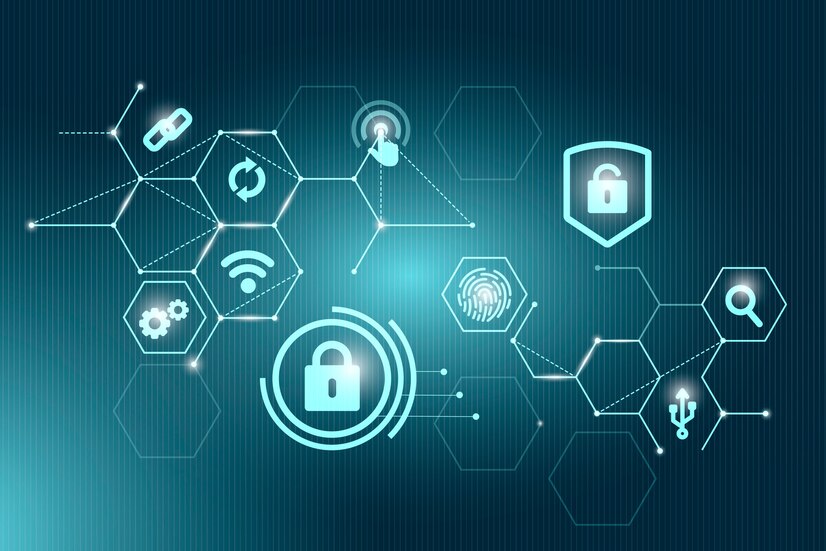SEO Meta Description: Learn how to debunk common myths about cybersecurity and protect yourself online. Explore 13 misconceptions and get expert insights.
Table of Contents
Introduction
Cybersecurity is a critical concern in today’s digital landscape. However, there are numerous myths and misconceptions surrounding it that can leave individuals and businesses vulnerable to cyber threats. In this article, we’ll debunk some of the most common myths about cybersecurity and provide valuable insights to help you stay safe online.
Breaking Down the Myths
Myth #1: Small Businesses Aren’t Targets
Many small businesses believe they’re too insignificant to attract cybercriminals’ attention. However, the reality is that small businesses are frequent targets due to their often lax security measures.
Myth #2: Antivirus Software is Enough
While antivirus software is essential, it’s not a comprehensive cybersecurity solution. Relying solely on antivirus software leaves you vulnerable to sophisticated cyber-attacks.
Myth #3: Cybersecurity is IT’s Problem
Cybersecurity is everyone’s responsibility within an organization, not just the IT department. Employees at all levels must be vigilant and proactive in identifying and addressing security threats.
Myth #4: Strong Passwords Suffice
While strong passwords are important, they’re not foolproof. Implementing multifactor authentication and regularly updating passwords is crucial for enhancing security.
Myth #5: Cloud Storage is Secure
While cloud storage offers convenience, it’s not immune to security breaches. Encrypting data before uploading it to the cloud and implementing access controls are essential for protecting sensitive information.
Myth #6: Nothing Valuable to Hack
Regardless of your perceived value, your personal and financial information is always at risk of being targeted by cybercriminals.
Myth #7: Spotting Phishing Emails
Phishing emails are becoming increasingly sophisticated, making them difficult to identify. It’s essential to be cautious when opening emails from unknown senders and to verify the authenticity of requests for sensitive information.
Myth #8: Cyber Attacks are Rare
Cyber attacks are pervasive and can happen to anyone at any time. Understanding the common tactics used by cybercriminals can help individuals and businesses mitigate their risk.
Myth #9: Devices are Secure by Default
Many devices come with default settings that may leave them vulnerable to attack. It’s essential to update software regularly and configure devices securely.
Myth #10: Cybersecurity is Expensive
While cybersecurity measures require investment, the cost of a cyber attack far outweighs the expense of prevention. Implementing robust security measures is a sound investment in protecting your assets and reputation.
Myth #11: No Need for Cybersecurity Training
Cybersecurity awareness training is essential for all employees to recognize and respond to security threats effectively.
Myth #12: Public Wi-Fi is Safe
Public Wi-Fi networks are often unsecured, making them prime targets for cybercriminals. Using a virtual private network (VPN) can help protect your data when connected to public Wi-Fi.
Myth #13: Cyber Attacks are Obvious
While some cyber attacks are overt, others are stealthy and difficult to detect. Implementing robust security measures and regularly monitoring for suspicious activity is crucial for detecting and mitigating cyber threats.
Conclusion
By debunking these common myths about cybersecurity, individuals and businesses can better protect themselves against cyber threats. Staying informed, implementing best practices, and remaining vigilant are essential for safeguarding sensitive information in an increasingly digital world.
FAQs
- What should I do if I receive a suspicious email or message?
- How can I ensure my passwords are secure?
- Is cybersecurity training necessary for all employees?
- Can cyber attacks happen to small businesses?
- How can I protect my data when using public Wi-Fi?
- What are the signs of a potential cyber attack?


1 thought on “Breaking Down the Myths: Debunking Common Misconceptions About Cybersecurity”